Korean Payloads for Lunar Surface Science
We are developing four science payloads in collaboration with domestic universities to operate on the lunar surface as a part of NASA's Commercial Lunar Payload Services (CLPS) based on the KASI-NASA Exploration Working Group. The Ministry of Science and ICT (MSIT) of Korea supports the development, mission operation, and data analyses of the payloads.
※ Lunar Science Mission Database link >> http://pda.kasi.re.kr
LUSEM is a pair of Solid-State Telescopes (SST) to simultaneously detect high-energy particles incident to and reflected from the lunar surface. LUSEM will monitor variations in the near-surface space environment when the Moon is inside and outside the Earth's magnetotail - the trailing end of the magnetic fields surrounding our planet, which can serve as a buffer for incoming radiation. It measures charged prticles whose energy is higher than 50 keV, separating ions and electrons.
Attributed to the heritages of KSEM (Korea Space Environment Monitor, led by Jongho Seon of Kyung Hee University) aboard the Korean geostationary meteorological satellite (Geo-KOMSAT-2A, GK2A).
Landing site: Reiner Gamma
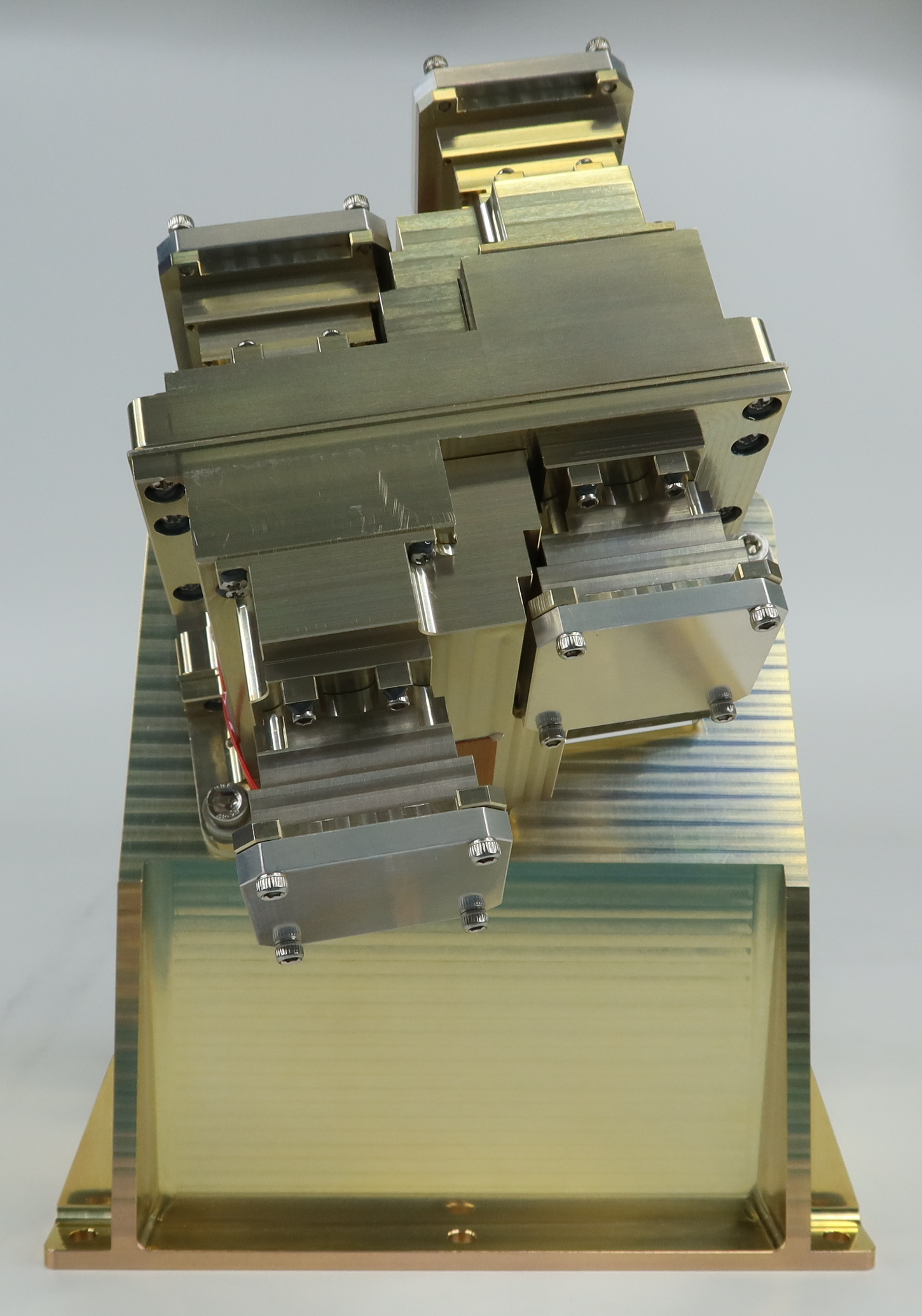 [LUSEM Sensor Head (LSH) & bracket] |
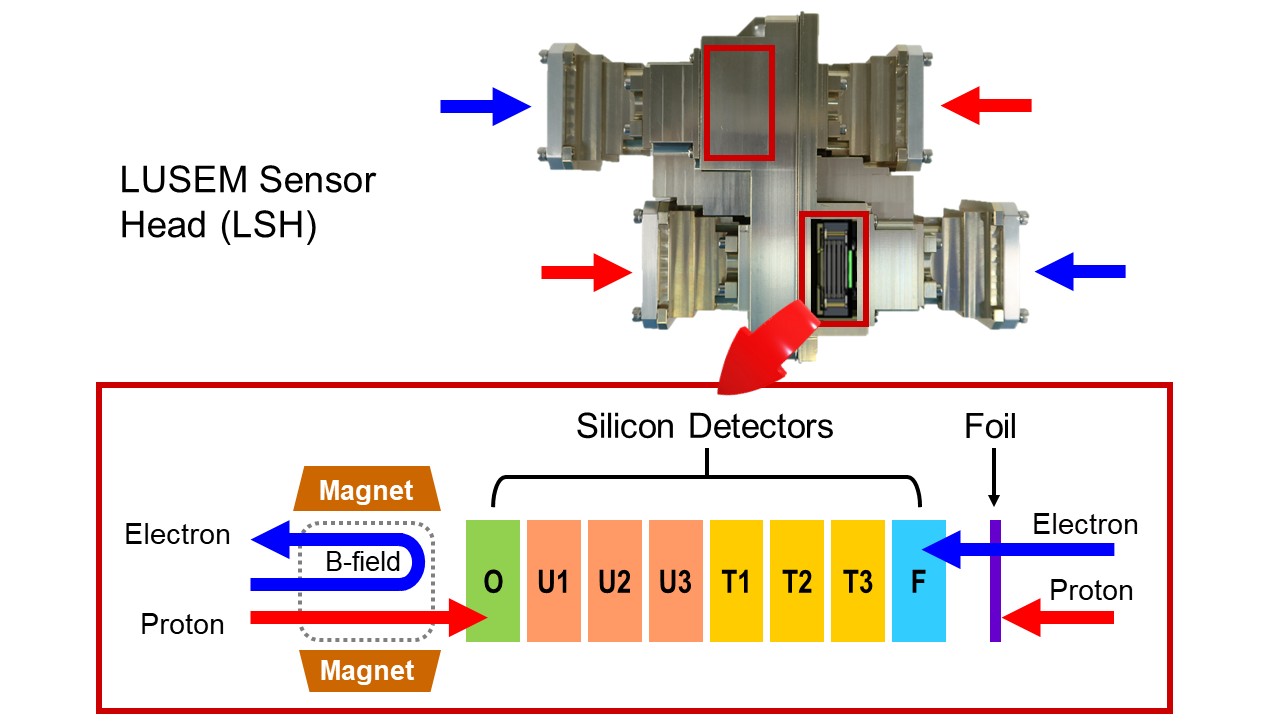 [Operative mechanism of LSH] |
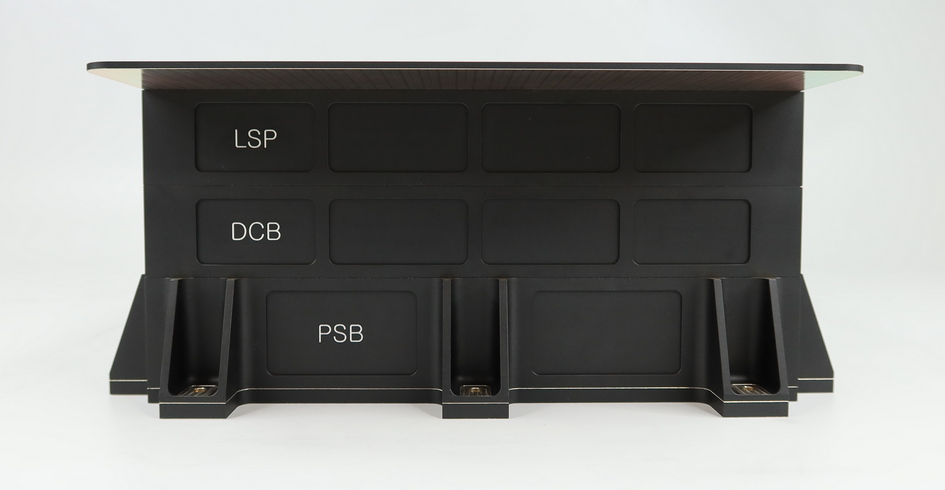 [LUSEM Instrument Data Processing Unit (IDPU)] |
|
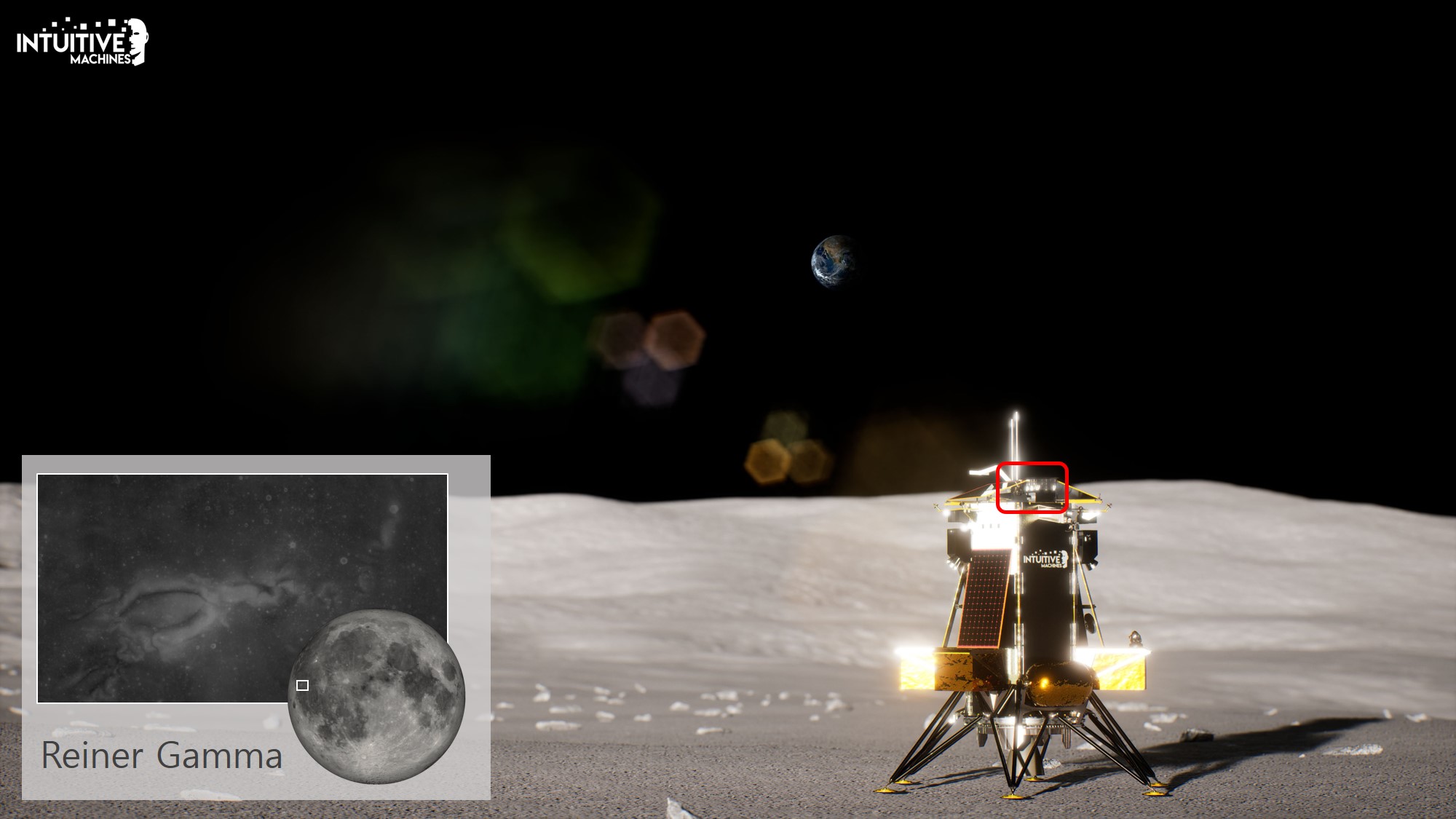 |
 |
| [Artist's concept of LUSEM aboard the Nova-C lunar lander of Intuitive Machines] | |
LVRAD is a radiation dosimeter to measure the lunar radiation environment, analyze its biological effects, and scout lunar resources. It consists of Particle Dosimeter and Spectrometer (PDS), Tissue-Equivalent Dosimeter (TED), and Fast and Epithermal Neutron Spectrometers (NS-F, NS-E).
LVRAD will investigate the radiation environment on the Moon and analyze its biological effects using PDS and TED. It will also measure epithermal neutrons from the surface, potential evidence of subsurface water, as well as thermal and fast neutrons, using NS-F and NS-E.
Attributed to the heritages of LEO-DOS (Low-Earth Orbit Space Radiation Dosimeter) onboard the NEXTSat-2.
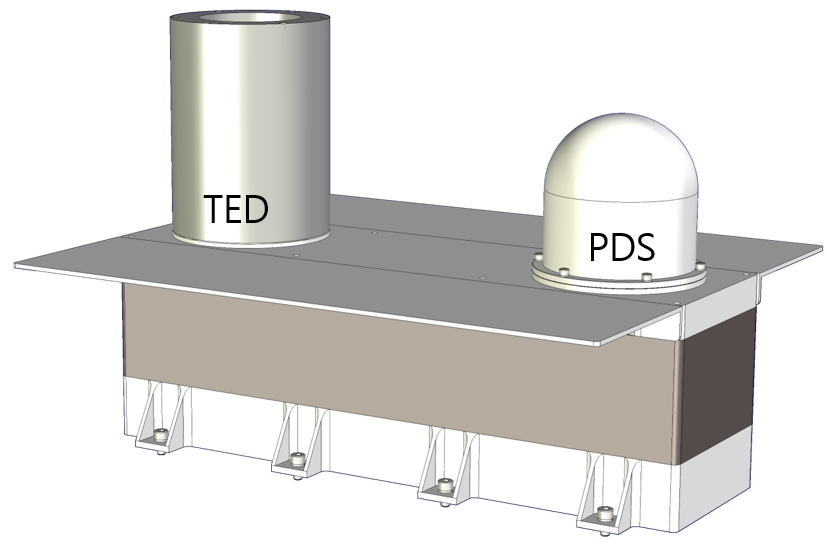 [LVRAD - TED (left), PDS (right)] |
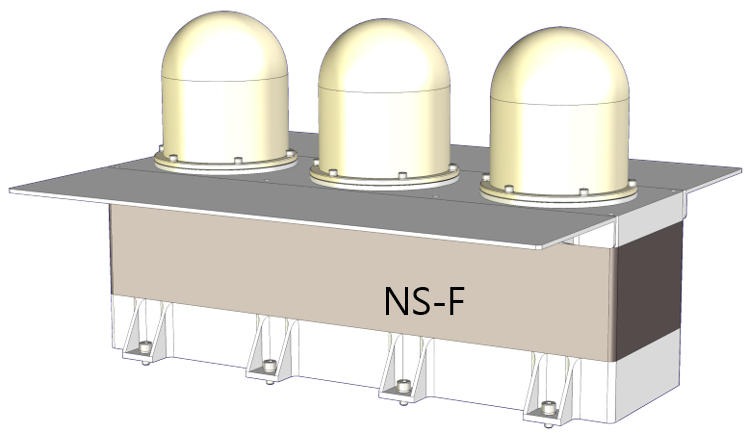 [LVRAD - NS-F 3D model] |
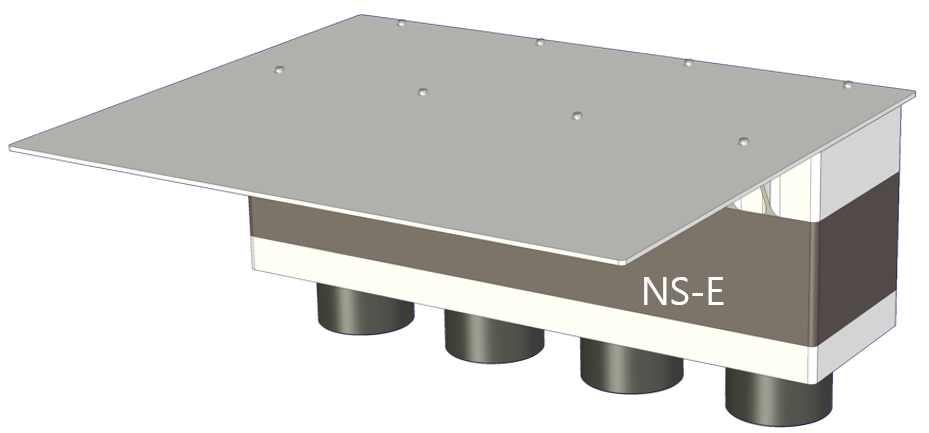 [LVRAD - NS-E (3D model)] |
LSMAG consists of a couple of fluxgate magnetometers and an accelerometer to measure the magnetic field and its diurnal variation on the lunar surface. Its measurements will be helpful to estimate the lunar ancient magnetic field using the magnetic field strength on the surface and the corresponding direction and depth of the source.
Attributed to the heritages of KMAG (KPLO MAGnetometer, led by Ho Jin of Kyung Hee University) aboard the Korea Pathfinder Lunar Orbiter (KPLO).
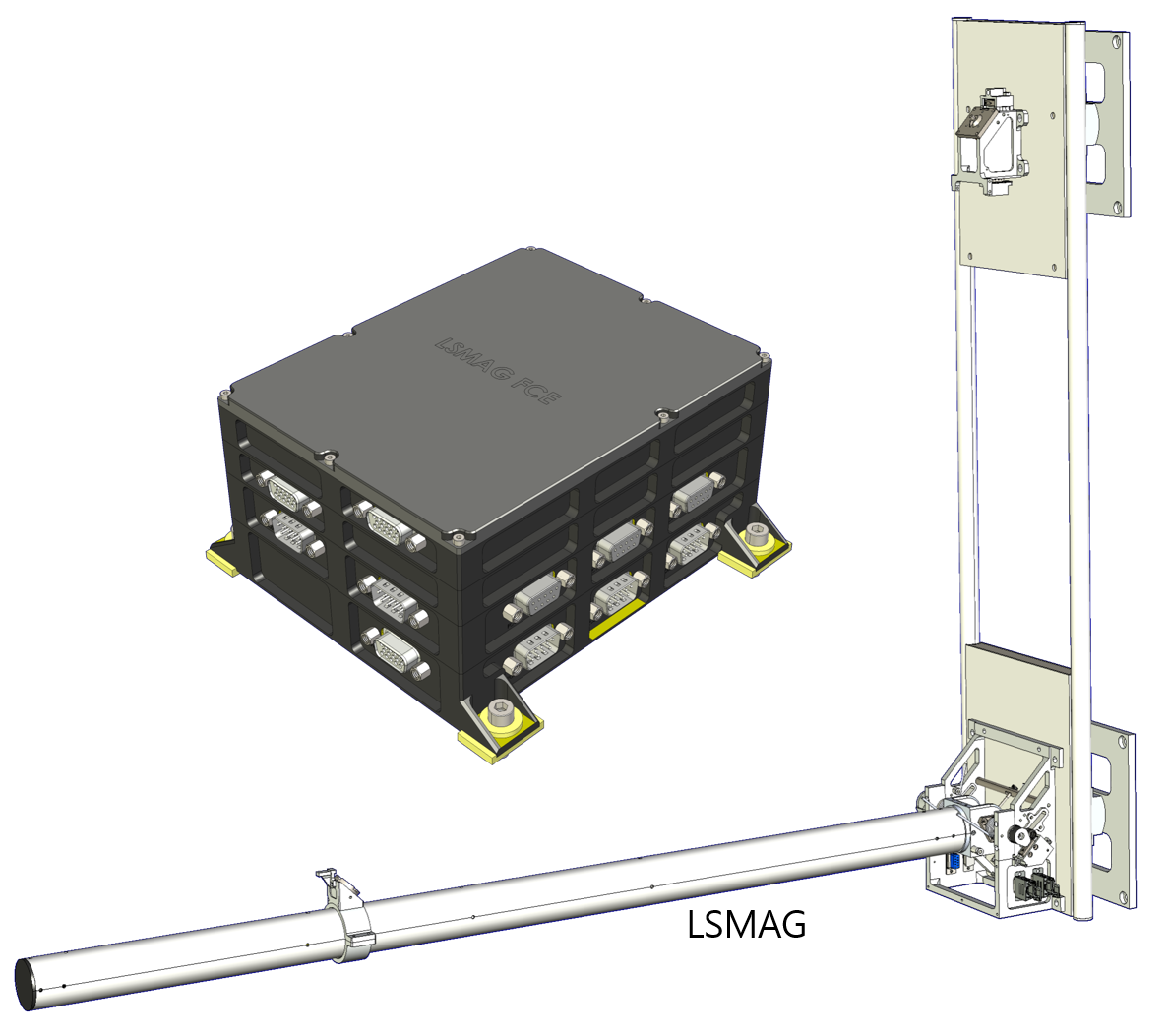 |
| [LSMAG 3D model] |
GrainCams consists of two light-field cameras, SurfCam and LevCam, for dust particles on and near the lunar surface. SurfCam will take 3D images of the hypothetical "fairy castle" structure of the upper regolith while moving further from the lander. LevCam will detect the motions of levitating and lofted regolith grains near the surface and measure the diurnal and time variations of the physical properties of the regolith and dust by the electric and magnetic fields. GrainCams will provide unique, intact observations of the phenomena that are irreproducible on Earth or cannot be preserved via a sample return mission.
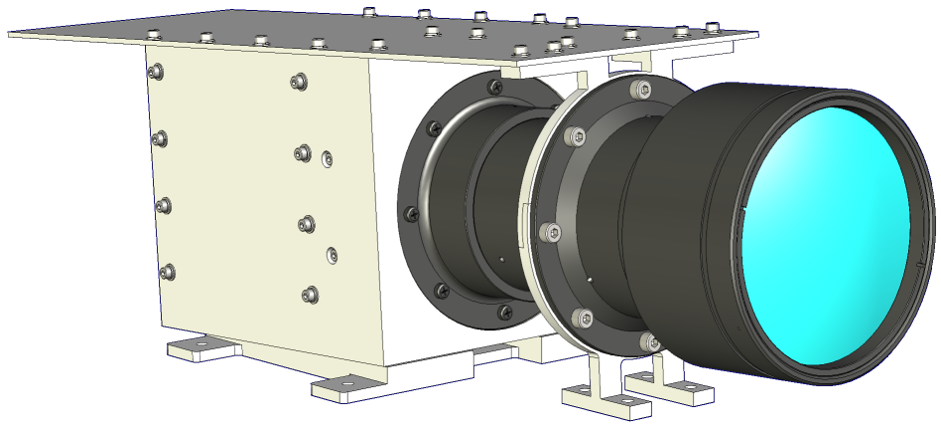 |
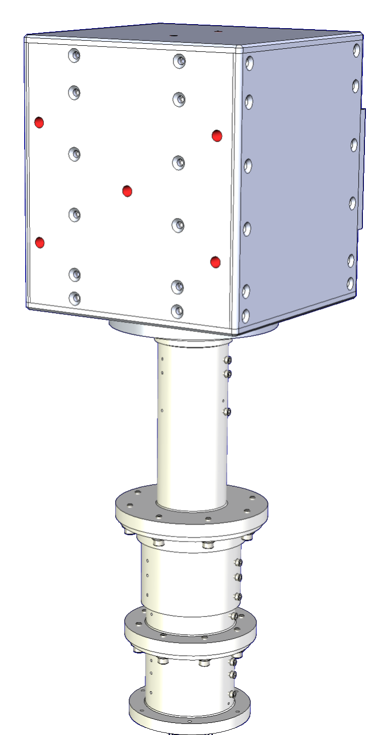 |
| [GrainCams - LevCam 3D model] | [GrainCams - SurfCam 3D model] |
Attributed largely to the heritages of previous space missions, experienced and passionate teams commenced developing the payloads under the management of KASI. The scientific measurements of the payloads will provide valuable data to understand the nature of the Moon, our steadfast neighbor, when the payloads are land and operated successfully on its surface. Based on the strengthened mutual trust, KASI and NASA will further collaborate in scientific research and space exploration. All the science, technology, and experiences built up from this project will shed light on Korea's future lunar landing mission.

Contact: SIM, Chae Kyung (cksim [at] kasi.re.kr)